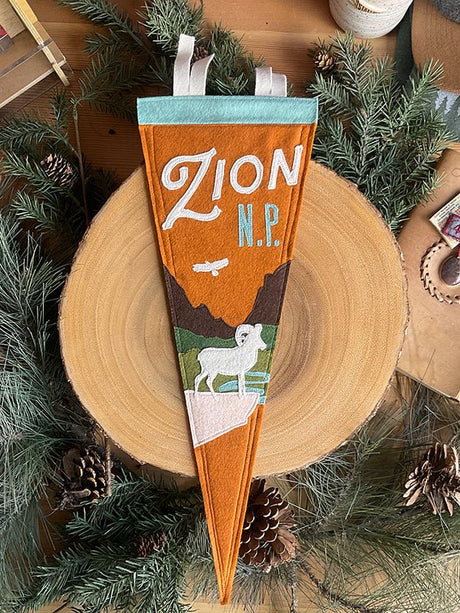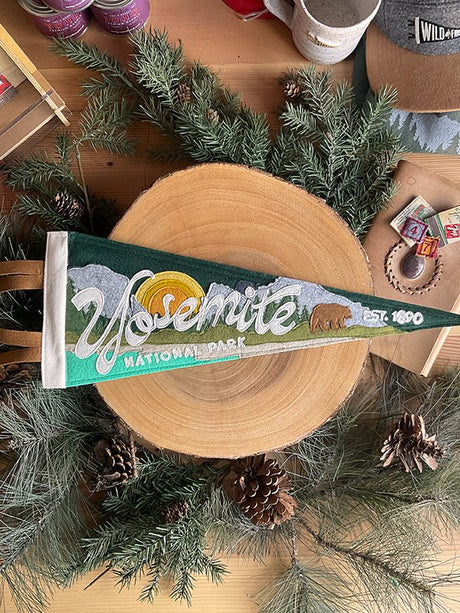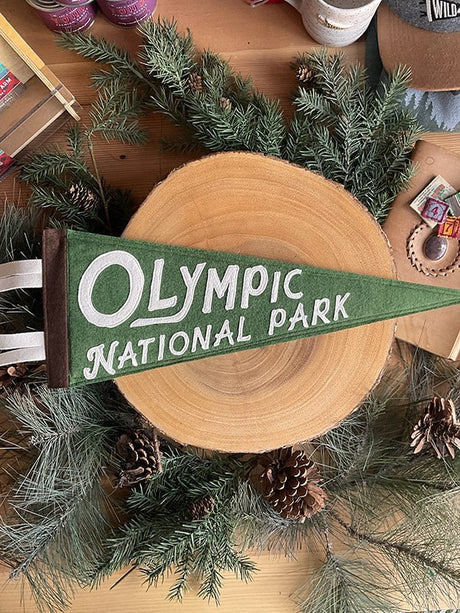Winter transforms national parks into magical landscapes with fresh snow, frosty trees, and glowing skies. It’s the perfect season for photography, offering unique opportunities to capture scenes unlike any other time of year. But winter photography can come with challenges—from cold conditions to tricky lighting—so it’s essential to plan ahead. Here’s a guide to help you capture stunning images on your winter park visit, no matter your skill level!
1. Plan for Golden Hours

In winter, daylight is shorter, and the sun stays lower in the sky, which creates longer periods of soft, warm light. The best times to capture beautiful photos are during the “golden hours”—shortly after sunrise and just before sunset—when natural light creates a warm glow on snow and ice. Arrive early and stay late to take advantage of these magical hours!
Pro Tip: Sunrise and sunset times vary by location and date, so check these times in advance for the park you’re visiting. Some parks even have designated viewpoints for sunrise and sunset that can make your shots even more impressive.
2. Use Snow for Unique Compositions
Snow-covered landscapes offer high contrast and can add dramatic depth to your photos. Fresh snowfall can create beautiful lines and patterns, making it easy to experiment with composition. Try incorporating shadows, tree branches, and even animal tracks to add interest to your images.
Pro Tip: Look for natural lines, like paths through snow or reflections in icy rivers, that lead the eye into the photo. These elements make your images feel dynamic and engaging.
3. Adjust for Winter Light
Winter light tends to be softer and more diffused, which is excellent for reducing harsh shadows. However, snow can also create reflective light that tricks your camera’s auto-exposure, making photos look darker than intended.
Quick Fix: Use your camera’s exposure compensation settings (+1 or +2) to brighten up snow-covered scenes. This adjustment will help you avoid dark, muddy images and bring out the brightness of the snow.
4. Capture the Details of Winter

Don’t just focus on the grand landscapes; winter details can be just as stunning. Frosty branches, icicles, snowflakes, and animal tracks are all captivating in their own way. Macro photography is perfect for capturing these small wonders.
Pro Tip: If your camera doesn’t have a macro lens, you can still get great close-ups by using your phone camera or a point-and-shoot with a macro setting. Just make sure to zoom in or get close without disturbing your subject.
5. Dress for the Cold
You can’t take great photos if you’re shivering! Dress in layers, wear warm gloves, and don’t forget a hat. Consider bringing a heat pack or two to keep your hands warm. Gloves with touchscreen compatibility are ideal, as they’ll allow you to adjust settings without exposing your hands to the cold.
Pro Tip: Cold weather can drain batteries quickly, so bring extra batteries and keep them close to your body for warmth.
6. Use a Tripod for Long Exposures
Winter scenes often feature low light or moving elements like falling snow, making a tripod essential for capturing clear, sharp photos. A tripod will help with long exposure shots, allowing you to capture serene landscapes or the blur of snowflakes in motion.
Pro Tip: When photographing falling snow, try a slightly slower shutter speed to capture a soft, gentle blur of snowflakes in the foreground.
7. Play with Reflections and Ice Formations
Winter is the best time to capture reflections in frozen lakes, rivers, and ponds. Snow-covered landscapes and icy surfaces create beautiful natural mirrors. If you find a semi-frozen lake or river, capture the contrast between the stillness of the ice and the movement of flowing water.
Pro Tip: Use a polarizing filter to manage reflections and add contrast. It can make ice formations appear clearer and reduce glare from snow.
8. Capture Wildlife in the Snow

Winter is an excellent time for wildlife photography. Many animals are easier to spot against the snowy backdrop, and their seasonal coats add to the winter wonderland vibe. Use a zoom lens to capture shots without disturbing wildlife, and be sure to respect their space.
Pro Tip: Look for early morning or late afternoon shots for soft light. Remember to approach wildlife cautiously and follow park guidelines to ensure both your safety and that of the animals.
9. Stay Safe and Prepared
Winter weather can be unpredictable, so keep an eye on the forecast. Always let someone know your plans, stay on marked trails, and bring essentials like water, snacks, and a map. Remember, your safety is more important than any photo.
Quick Reminder: Cold temperatures and high elevations can dehydrate you faster than you realize. Keep water handy and take breaks to stay energized.
10. Have Fun and Experiment!
Winter is a fantastic time to try new photography techniques and styles. Play with different perspectives, try black-and-white photography for a timeless look, or practice slow shutter speeds to capture the magic of falling snow.
Final Thoughts
Winter’s serene landscapes and dramatic skies can elevate your photography and leave you with memorable images to look back on. With a bit of planning, the right gear, and these tips in mind, you’ll be ready to make the most of every winter park visit and capture the beauty of the season like a pro.
Happy shooting, and stay warm!










